-
 Bitcoin
Bitcoin $113,297.8971
1.75% -
 Ethereum
Ethereum $2,813.6419
2.01% -
 Tether USDt
Tether USDt $1.0006
0.04% -
 XRP
XRP $2.4943
3.35% -
 BNB
BNB $676.4318
1.15% -
 Solana
Solana $159.0292
1.76% -
 USDC
USDC $0.9996
-0.03% -
 Dogecoin
Dogecoin $0.1856
5.72% -
 TRON
TRON $0.2911
0.45% -
 Cardano
Cardano $0.6516
5.55% -
 Hyperliquid
Hyperliquid $42.6867
4.89% -
 Sui
Sui $3.4146
12.69% -
 Bitcoin Cash
Bitcoin Cash $510.0986
0.21% -
 Chainlink
Chainlink $14.6393
2.93% -
 Stellar
Stellar $0.3007
3.91% -
 UNUS SED LEO
UNUS SED LEO $9.1025
1.18% -
 Avalanche
Avalanche $19.7655
4.08% -
 Hedera
Hedera $0.1812
5.06% -
 Shiba Inu
Shiba Inu $0.0...01280
4.16% -
 Toncoin
Toncoin $2.8931
1.85% -
 Litecoin
Litecoin $92.5035
2.92% -
 Monero
Monero $324.5990
1.46% -
 Polkadot
Polkadot $3.7098
3.14% -
 Dai
Dai $1.0001
0.00% -
 Ethena USDe
Ethena USDe $1.0008
-0.03% -
 Bitget Token
Bitget Token $4.4745
2.28% -
 Uniswap
Uniswap $8.2658
-1.13% -
 Pepe
Pepe $0.0...01156
8.48% -
 Aave
Aave $305.6971
1.18% -
 Pi
Pi $0.4888
4.12%
What are the most common smart contract design patterns?
Smart contract design patterns like Proxy, Ownable, and Factory enable secure, scalable, and upgradable blockchain applications by solving common development challenges.
Jul 10, 2025 at 09:29 pm
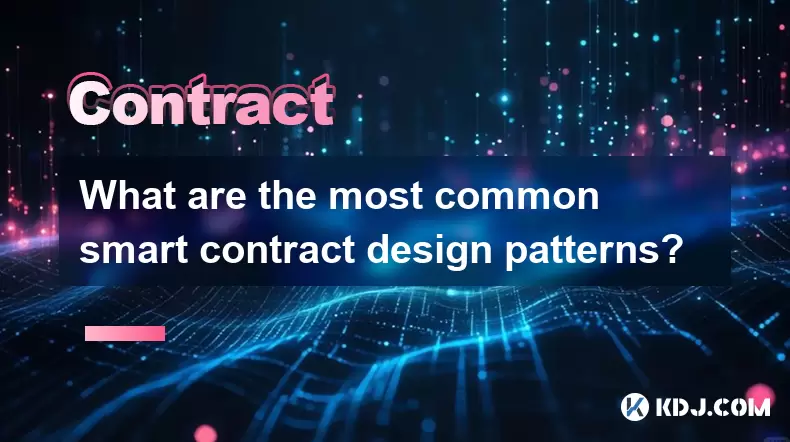
Introduction to Smart Contract Design Patterns
Smart contract design patterns are standardized solutions to recurring problems encountered during the development of blockchain-based applications. These patterns help developers structure their code in a secure, efficient, and maintainable way. In the context of Ethereum and other EVM-compatible blockchains, understanding these patterns is essential for building robust decentralized applications (dApps). This article explores some of the most widely adopted smart contract design patterns used in the cryptocurrency space.
Design patterns provide reusable templates that can be adapted to different scenarios without compromising security or performance.
Proxy Pattern
The Proxy pattern is one of the most prevalent smart contract design patterns. It enables developers to upgrade contracts after deployment by separating the logic from the storage. This separation allows for bug fixes or feature additions without losing user data stored on-chain.
- A proxy contract holds all the state variables and forwards function calls to an implementation contract.
- The implementation contract contains the actual business logic.
- Upgrades are performed by changing the address of the implementation contract, typically managed through an admin role or governance mechanism.
This approach is especially useful for long-running dApps where backward compatibility and continuous improvement are necessary.
Using the Proxy pattern ensures that contract addresses remain constant, preserving external integrations and user balances.
Ownable Pattern
The Ownable pattern introduces access control into smart contracts by assigning ownership to a specific Ethereum address. Only the owner can perform certain privileged actions like pausing the contract, updating parameters, or transferring ownership itself.
- Ownership is typically assigned at deployment time via the constructor.
- Functions restricted to the owner use a modifier like
onlyOwnerto enforce access control. - Some implementations allow for transferring or renouncing ownership to prevent centralization risks.
This pattern is commonly seen in token contracts, NFT marketplaces, and DeFi protocols where administrative functions need to be safeguarded.
Properly implementing the Ownable pattern helps mitigate unauthorized access while enabling controlled upgrades and emergency interventions.
Pausable Pattern
The Pausable pattern allows a contract to temporarily halt critical functionalities. This is often used as a safety measure during emergencies such as bugs, exploits, or maintenance periods.
- A boolean flag (
paused) is stored in the contract state. - Privileged roles (often the owner) can toggle this flag using functions like
pause()andunpause(). - Key functions are guarded with a
whenNotPausedmodifier to ensure they only execute when the contract is active.
While this adds a layer of security, it also introduces centralization concerns if not governed transparently.
The Pausable pattern acts as a circuit breaker, giving developers control to stop operations until issues are resolved.
Token Vault Pattern
The Token Vault pattern is commonly used in DeFi protocols to manage liquidity pools, staking mechanisms, or yield aggregators. Instead of each user interacting directly with a token contract, funds are deposited into a vault which manages them collectively.
- Users deposit tokens into the vault and receive a representation of their stake (e.g., shares or a receipt token).
- The vault executes batch transactions to optimize gas usage and reduce individual transaction overhead.
- Withdrawals are handled proportionally based on the user’s share of the total pool.
This pattern improves efficiency and reduces the number of direct interactions with underlying token contracts.
By abstracting token management through a vault, protocols can streamline complex financial operations while improving user experience.
Factory Pattern
The Factory pattern is used to deploy multiple instances of a contract programmatically. It is particularly useful for platforms that require dynamic creation of contracts, such as NFT collections, decentralized exchanges, or lending pools.
- A factory contract contains the logic to clone or instantiate new contracts.
- Each deployed contract operates independently but follows the same blueprint.
- Factory contracts often track deployed addresses for reference and interaction.
This pattern enhances scalability and modularity, allowing systems to grow organically without manual intervention.
Implementing the Factory pattern enables automated deployment of similar contract types, streamlining the process of launching new assets or services on-chain.
Frequently Asked Questions
Q: Can smart contract design patterns introduce security vulnerabilities?
Yes, improper implementation of design patterns can lead to vulnerabilities. For example, poorly managed ownership in the Ownable pattern may result in centralization risks or potential attacks if the owner's private key is compromised.
Q: Why is the Proxy pattern considered crucial for upgradable contracts?
The Proxy pattern decouples contract logic from storage, allowing developers to update functionality without redeploying the entire contract. This preserves state and maintains continuity in production environments.
Q: Are there alternatives to the Pausable pattern for handling emergencies?
Some projects opt for timelocks or multi-sig governance instead of a simple pause function. These approaches offer more transparency and decentralization but may take longer to activate in urgent situations.
Q: How does the Token Vault pattern affect user trust?
Trust is maintained through transparency and auditability. Users must be confident that the vault accurately represents their deposits and withdrawals, and that the contract code has been thoroughly reviewed for correctness and fairness.
Disclaimer:info@kdj.com
The information provided is not trading advice. kdj.com does not assume any responsibility for any investments made based on the information provided in this article. Cryptocurrencies are highly volatile and it is highly recommended that you invest with caution after thorough research!
If you believe that the content used on this website infringes your copyright, please contact us immediately (info@kdj.com) and we will delete it promptly.
- XRP, Axelar, Interoperability: A New Era for Cross-Chain DeFi
- 2025-07-11 02:30:12
- Bazball vs. India: England's Toss Troubles and Tactical Twists
- 2025-07-11 02:50:13
- Memecoins Plunge in 2025: Is This the End of the Hype?
- 2025-07-11 02:30:12
- OpenSea, Mobile, and AI: A New Era for NFT Trading?
- 2025-07-11 02:50:13
- Bitcoin Price Soars to New All-Time High: What's Driving the Surge?
- 2025-07-11 02:55:13
- BlockDAG's Seattle Seawolves & Orcas Deal Fuels Presale Mania: A Home Run for Crypto?
- 2025-07-11 02:55:13
Related knowledge
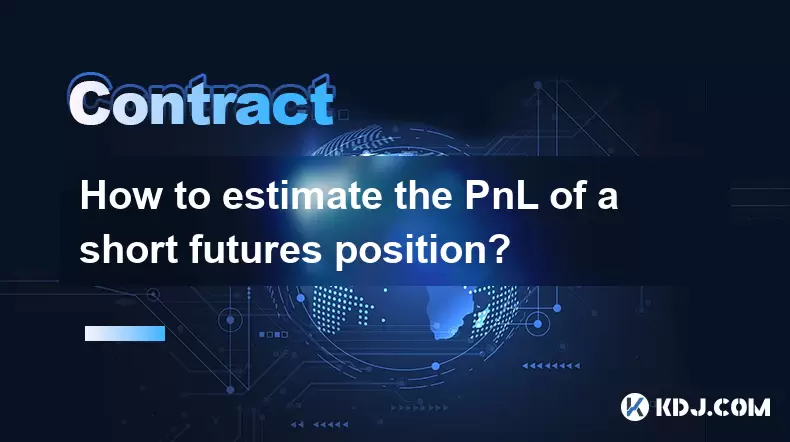
How to estimate the PnL of a short futures position?
Jul 10,2025 at 05:00pm
Understanding the Basics of Futures Trading and PnLIn futures trading, a trader enters into a contract to buy or sell an asset at a predetermined pric...

What are the most common smart contract design patterns?
Jul 10,2025 at 09:29pm
Introduction to Smart Contract Design PatternsSmart contract design patterns are standardized solutions to recurring problems encountered during the d...
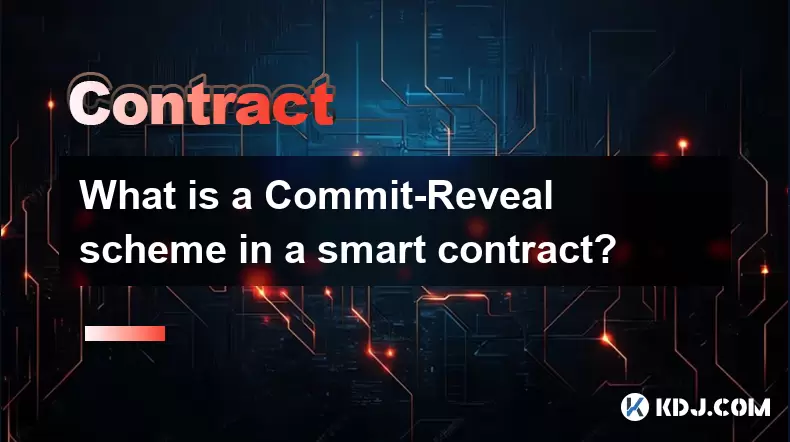
What is a Commit-Reveal scheme in a smart contract?
Jul 10,2025 at 05:22pm
Understanding the Concept of a Commit-Reveal SchemeIn the realm of blockchain and smart contracts, privacy and fairness are often critical concerns, e...
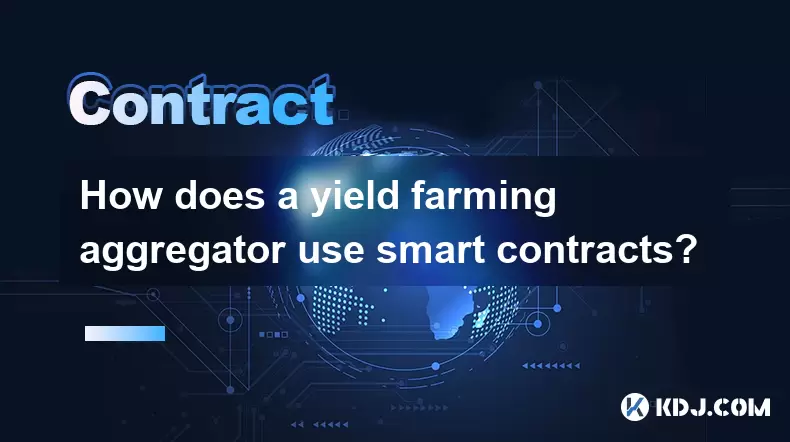
How does a yield farming aggregator use smart contracts?
Jul 11,2025 at 02:49am
Understanding the Role of Smart Contracts in Yield Farming AggregatorsA yield farming aggregator leverages smart contracts to automate and optimize th...
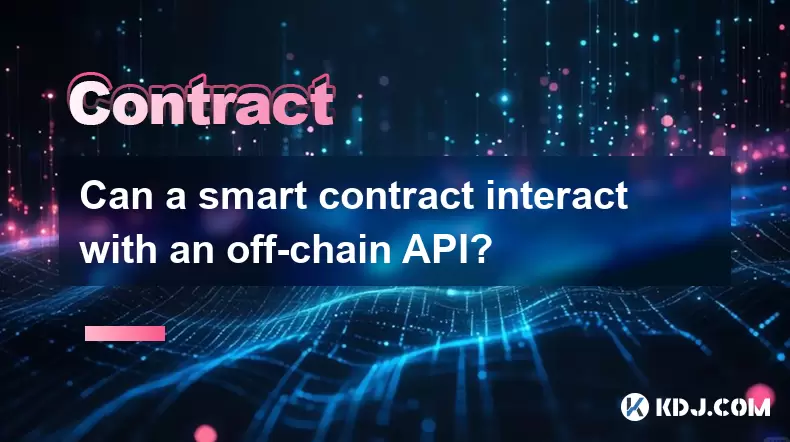
Can a smart contract interact with an off-chain API?
Jul 10,2025 at 09:42pm
What is a Smart Contract?A smart contract is a self-executing contract with the terms of the agreement directly written into lines of code. These cont...
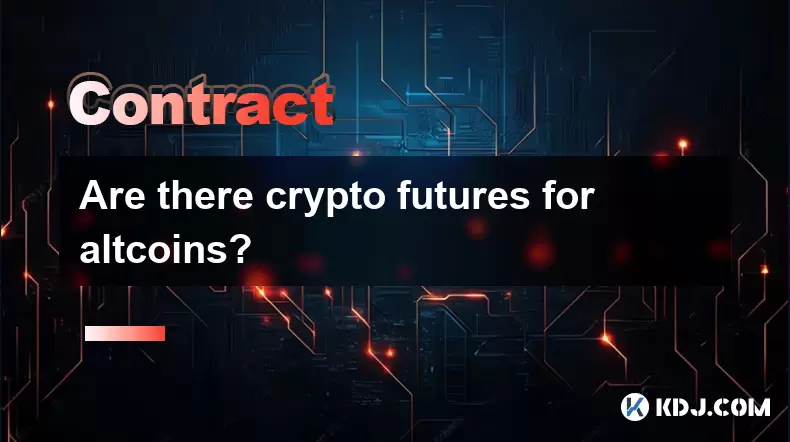
Are there crypto futures for altcoins?
Jul 10,2025 at 11:14pm
What Is a Crypto Faucet and How Does It Work?A crypto faucet is an online platform or application that rewards users with small amounts of cryptocurre...

How to estimate the PnL of a short futures position?
Jul 10,2025 at 05:00pm
Understanding the Basics of Futures Trading and PnLIn futures trading, a trader enters into a contract to buy or sell an asset at a predetermined pric...

What are the most common smart contract design patterns?
Jul 10,2025 at 09:29pm
Introduction to Smart Contract Design PatternsSmart contract design patterns are standardized solutions to recurring problems encountered during the d...

What is a Commit-Reveal scheme in a smart contract?
Jul 10,2025 at 05:22pm
Understanding the Concept of a Commit-Reveal SchemeIn the realm of blockchain and smart contracts, privacy and fairness are often critical concerns, e...

How does a yield farming aggregator use smart contracts?
Jul 11,2025 at 02:49am
Understanding the Role of Smart Contracts in Yield Farming AggregatorsA yield farming aggregator leverages smart contracts to automate and optimize th...

Can a smart contract interact with an off-chain API?
Jul 10,2025 at 09:42pm
What is a Smart Contract?A smart contract is a self-executing contract with the terms of the agreement directly written into lines of code. These cont...

Are there crypto futures for altcoins?
Jul 10,2025 at 11:14pm
What Is a Crypto Faucet and How Does It Work?A crypto faucet is an online platform or application that rewards users with small amounts of cryptocurre...
See all articles


























![Bitcoin is about to plummet and get 9-7W long-term short orders [Chainblade’s latest market BTC technical analysis] July 10, 2025 Bitcoin is about to plummet and get 9-7W long-term short orders [Chainblade’s latest market BTC technical analysis] July 10, 2025](/uploads/2025/07/10/cryptocurrencies-news/videos/bitcoin-plummet-w-term-short-chainblade-market-btc-technical-analysis-july/686f8f4c58e52_image_120_90.webp)






























































